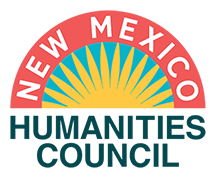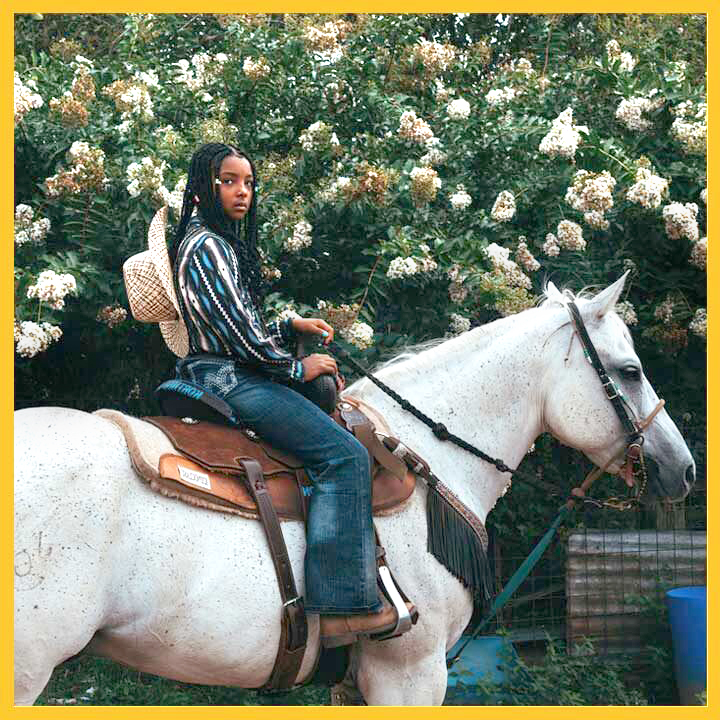
THE HARWOOD MUSEUM OF ART PRESENTS "OUTRIDERS: LEGACY OF THE BLACK COWBOY" NARRATING THE RICH HISTORY OF THE BLACK COWBOY IN THE AMERICAN SOUTHWEST
Outriders: Legacy of the Black Cowboy depicts information that is little known in terms of the role that African Americans played in the settling and development of the Western United States.
Ivan B. McClellan, Kortnee Solomon, Hempstead, Texas, n.d., photographic print, 38 x 29 in. Courtesy of Ivan B. McClellan.
SHARE:
African Americans have been an integral part of the history of the Southwest since preCivil War days. However, their stories have largely been expunged from the cultural imagination. The Harwood Museum of Art’s exhibition, Outriders: Legacy of the Black Cowboy, draws attention to the presence and contributions of these African Americans through historical photographs and contemporary art. Featured artists include Kennedi Carter, Praise Fuller, Alexander Harrison, Ivan B. McClellan, Otis Kwame Kye Quaicoe, Ron Tarver and Nate Young. Outriders will be on view in the Harwood’s Mandelman-Ribak, Ellis-Lee, and Foster Galleries from October 15, 2022 through May 7, 2023. A public opening in conjunction with William Herbert “Buck” Dunton: A Mainer Goes West will take place Friday, October 28, 2022.
“Outriders: Legacy of the Black Cowboy depicts information that is little known in terms of the role that African Americans played in the settling and development of the Western United States,” says Daphne Rice-Allen. “Historically, this is critical. It’s important that all history be known. It took all of us to create America.”
Rice-Allen is Board President of the Black American West Museum and Heritage Center in Denver, CO and is one of the members of an Exhibitions Committee which is overseeing the curation of Outriders: Legacy of the Black Cowboy. Other members of the Exhibitions Committee include: Nikesha Breeze, multi-media artist, Taos, NM; Larry Callies, Chief Executive Officer and Founder, The Black Cowboy Museum, Rosenberg, TX; Rita Powdrell, Director, African American Museum and Cultural Center of New Mexico, Albuquerque, NM; Nicole Dial-Kay, Curator of Exhibitions and Collections, Harwood Museum of Art; Ari Myers, Owner and Curator, The Valley, Taos, NM; and Emily Santhanam, Curatorial Assistant, Harwood Museum of Art.
Historians estimate that one in four ranch hands in 19th century America were of African ancestry. The term “cowboy” itself developed from the derogatory use of “boy” to describe adult African American ranch hands. That the same word now conjures images of white men in wide-brimmed hats à la John Wayne, Clint Eastwood, and the Marlboro Man is not only ironic, but historically incorrect. Cowboy culture is rich with stories of men like Bill Pickett. Born in Texas to former slaves in 1870, Pickett became known for “bulldogging,” his unusual technique for catching stray cows. Outriders: Legacy of the Black Cowboy is an exercise in unearthing images of the American drovers, fiddlers, cowpunchers, cattle rustlers, cooks, singers, bulldoggers, and bronc busters with African heritage. Historic photographs dating from the late 1800s to the early 1900s sourced from the Denver Public Library, Smithsonian Archives, and Washington University Archives comprise half of the exhibition. They create a visual narrative of the life and work of the cattle drivers from the years immediately before the Civil War through the turn of the 20th century. This historical imagery is balanced with contemporary responses from artists demonstrating Black individuals’ embodiment of the cowboy figure, a powerful symbol of American independence and pride. Outriders expands our idea of what constitutes an American icon and legacy, thus complicating a narrative woven deep into our popular culture.
The seven contemporary artists who are exhibiting their work in Outriders are all African Americans. This is a breakthrough exhibition for the Harwood Museum of Art, which throughout its 100-year history has rarely shown works by African American artists.
Originally from South Carolina, Alexander Harrison is a New York-based painter who incorporates Black culture into his work. His painting Tuesday depicts a Black cowboy in a cowboy hat, red kerchief, and gold sheriff’s badge. While the subject powerfully dominates the work, the background evokes the lush rolling hills of the South. Otis Kwame Kye Quaicoe, a Ghana-born artist now based in Oregon, has been fascinated with American cowboy culture since childhood when he watched many “spaghetti westerns.” Texas-native Praise Fuller specializes in cyanotypes and often integrates Western imagery such as horses, cows, and ranchland into her artwork.
Outriders: Legacy of the Black Cowboy is being exhibited at the Harwood at the same time as William Herbert “Buck” Dunton: A Mainer Goes West. Dunton, originally from Maine, made his way to Taos, New Mexico in 1912 after being encouraged to visit by artist Ernest Leonard Blumenschein. Dunton became one of the founders of the Taos Society of Artists in 1915. The Society was arguably the most important group of painters to create and popularize images of the American West, and the Harwood Museum of Art holds many of their works in its collection.
“Buck Dunton has this reputation for painting cowboys and scenes of Western life,” says Ari Myers, the Exhibitions Committee member who initially proposed the idea for Outriders. “I feel the Outriders exhibition is an important complement, or counterpoint, to that exhibition. Having Outriders: Legacy of the Black Cowboy up at the same time is going to tell a richer story about the people who shaped the West through their work in ranching and rodeo and are very much at the heart of Western and Southwestern culture.”
The Harwood Museum of Art, located at 238 Ledoux Street in Taos, New Mexico, “inspires a thriving creative community connected through excellence in the arts.” For more information, call 575-758-9826 or visit HarwoodMuseum.org.
Funded in part by a grant from the New Mexico Humanities Council. Public programs will be presented to expand on the narratives presented in the exhibitions and create multiple pathways for audiences to connect with and explore the legacy and mythology of the cowboy.
“Black Cowboys on the Big Screen”, a film series presented in conjunction with the Taos Center for the Arts (TCA) with films featuring Black characters and filmmakers with culminating talk discussions exploring the history of Black cowboys in the West will be hosted at the Harwood. The short list of films include old westerns from the 30s, a documentary about the first Black Rodeo in Harlem, Blaxploitation Westerns of the 1970s, short films exploring stories of Black cowboys, and contemporary films including “Django Unchained” and “The Harder They Fall.”
Click on the link for a listing of public programs: Exhibition Events
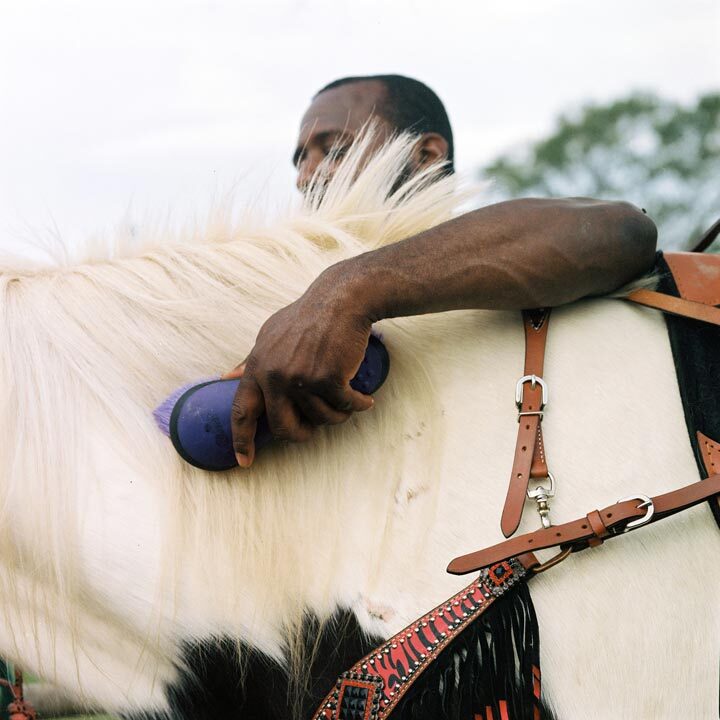
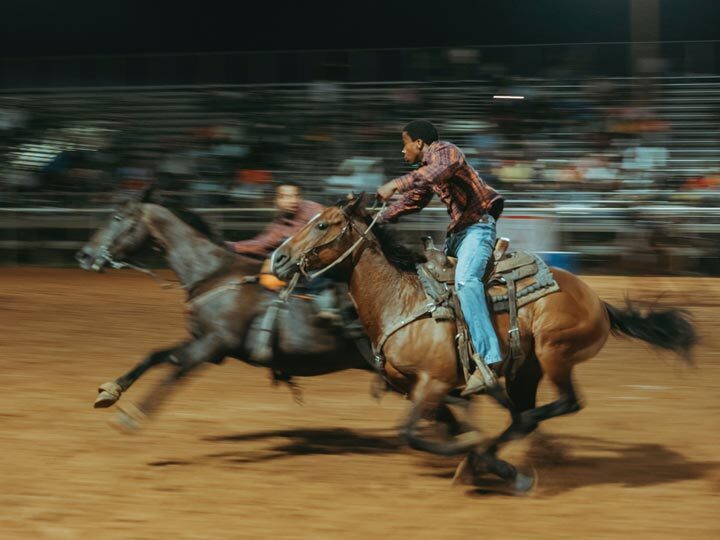
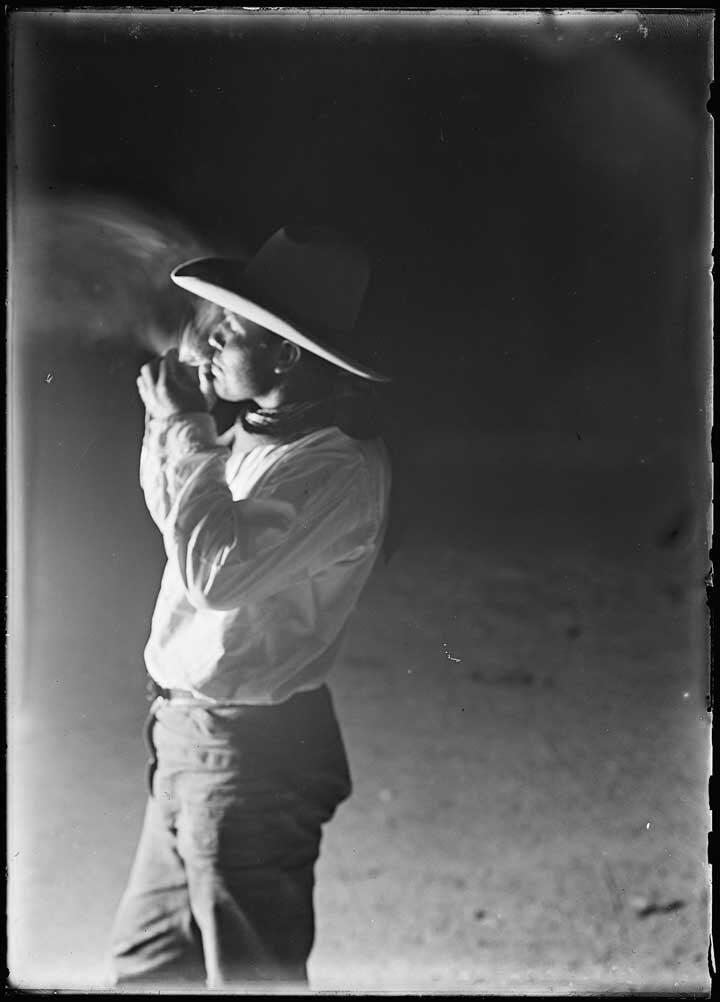
PASA POR AQUÍ
ADDITIONAL BLOG ARTICLES
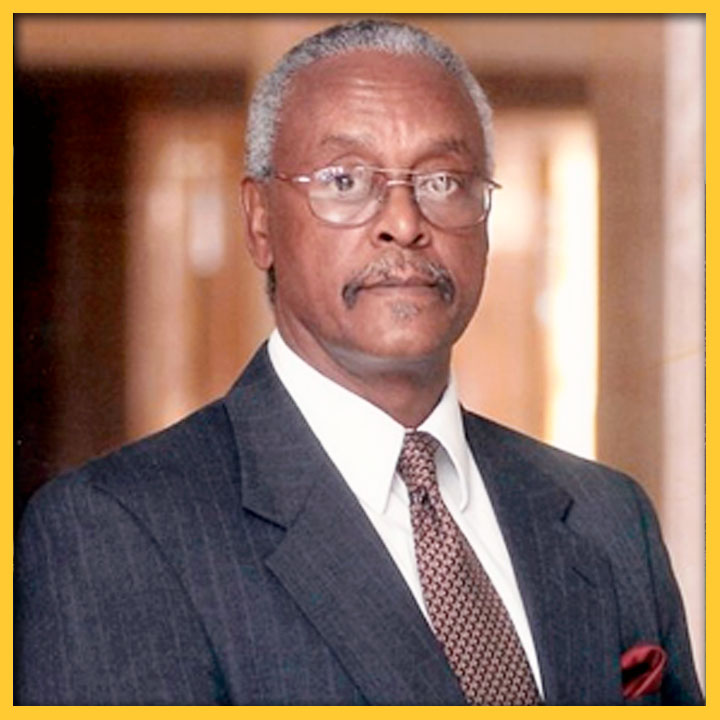
REFLECTIONS ON THE LOSS OF A NEW MEXICO CIVIL RIGHTS LEADER
By Carlyn N. Pinkins, M. A.
“The Dr. Harold Baileys of the world should inspire us all to do what we can to leave our communities, our towns and cities – our great state – better places than we found them. While we do our part to create the Dr. Harold Baileys of the future, we should also strive to make sure that the Dr. Harold Baileys of our past and present are never forgotten.”
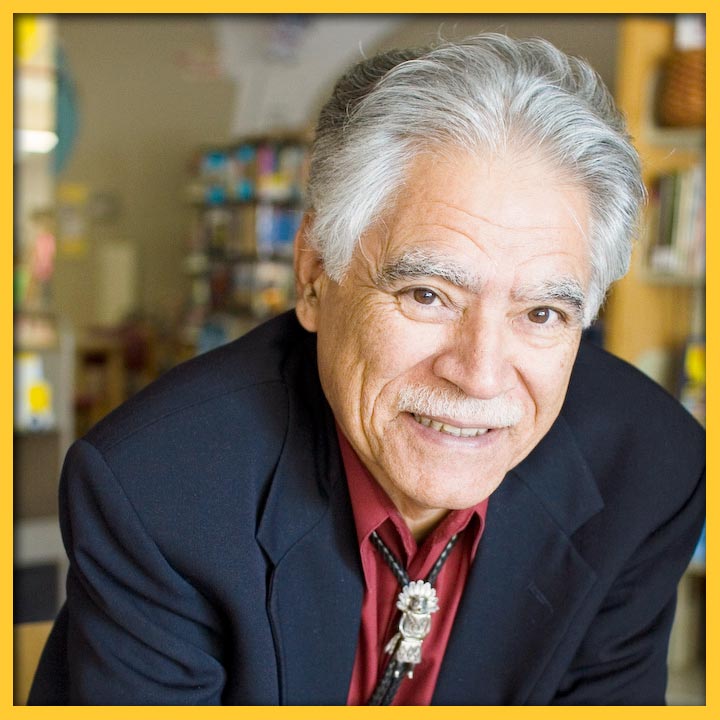
RUDOLFO ANAYA: CATCHING CULTURES IN BLESS ME, ULTIMA
By Richard Wayne Etulain
Anaya greatly expands the cultural contributions of his novel by combining the usual (Bildungsroman—growing up theme) with the unusual (complex, diverse New Mexico Hispanic culture)…
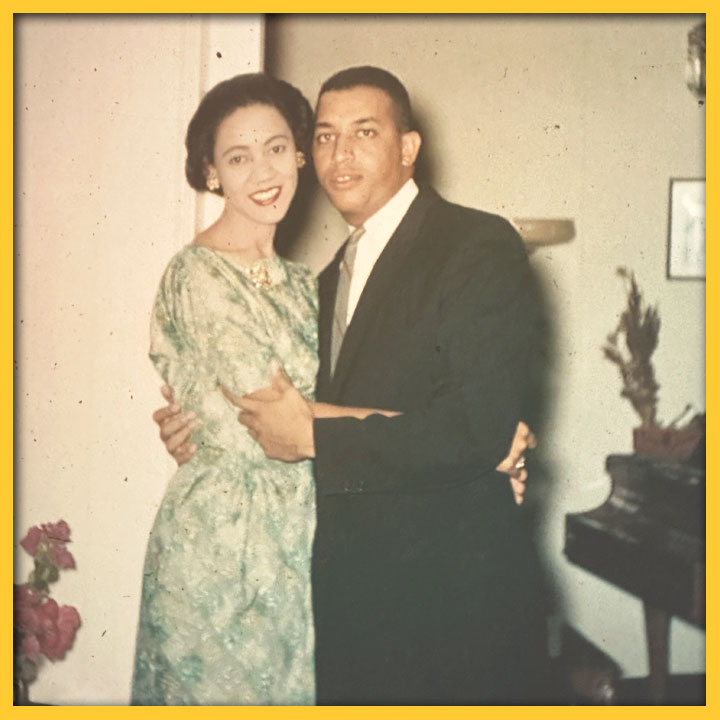
UP BY OUR BOOTSTRAPS; TWO LIVES IN RETROSPECT
By Finnie Coleman
I found myself fascinated with Dr. McIver’s transition from the stultifying hopelessness of the Segregation Era to the wistful hopefulness of the Civil Rights Era…
SHARE:
DISCLAIMER:
Any views, findings, conclusions or recommendations expressed in this blog post/article does not necessarily represent those of the New Mexico Humanities Council or the National Endowment for the Humanities.
ABOUT THE AUTHOR:

ARIANA KRAMER
Ariana Kramer is a freelance writer and poet who lives in Taos, New Mexico. She holds a bachelor’s degree in biology from Reed College and a master’s in education with a concentration in leadership for ecology, culture and learning from Portland State University. Visit her website at www.arianakramer.com for more information.
